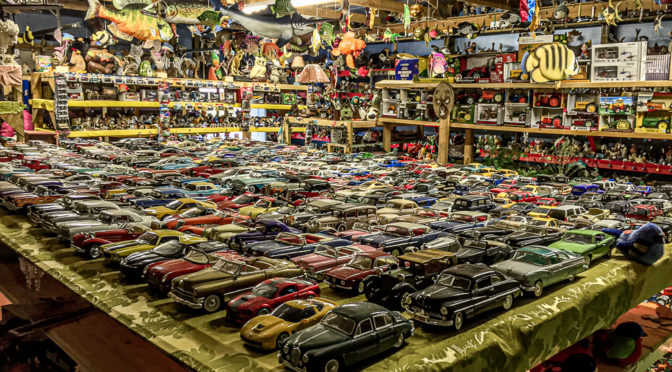I use the term “object” a lot in The DAM Book 3.0 when I’m referring to digital media. It’s a pretty common word to hear in the software development, museum or enterprise IT community. While it’s frequently used, it’s not well defined. To add to the confusion, a digital object could refer to many types of things, like a password or a line of code. To help clarify the use of the term digital object, I propose the following definition for media objects: A digital media object is a file, set of files, or bitstream that can be rendered into tangible media.
Let’s take that apart.
- A digital object is not necessarily a single file. Sometimes multiple files are needed to render the finished media. This could include an audio file and a video file. Or it could be a package of files. (An Apple Keynote document is a package of individual media files and a controller file.) The digital source could also be a bitstream, like a streaming video playing as an embedded object in a web page.
- The essential quality of a digital media object is that it can be turned into actual media. This could be a photo, video, audio presentation or other thing you can see, hear or experience in a tangible way. This provides a useful separation from the more generalized concept of a digital object, which could be a chunk of software code, a password, or some other thing that does not ever need to be rendered to be useful.
- A digital object could have a very complex internal structure (e.g., a DVD is a digital object that may be made up of hundreds of component files). Or it could be very simple, like a PNG image. It could be something that should be rendered in only one way, like a profile-tagged JPEG, or something that could be rendered in all kinds of ways, like a camera raw file.
Is a creative project a digital object?
An InDesign or Final Cut project fits the definition of a digital object because it can be rendered out in tangible form. But I suggest sticking with the designation of creative project to describe this sub-type of digital object.
These projects are really designed to create a freestanding output, which will serve as a playable distribution copy. From a workflow standpoint, it’s useful to retain this distinction between the project used for creation and the digital object output version.
Components
Digital objects will usually have at least three parts: the media payload, some metadata and one or more digital object identifiers (DOI).
- The media payload is the actual image, video audio, etc. This is the thing or things that can be made tangible.
- The metadata describes, at minimum, what the media type is and how to render it. The metadata may also describe the subject matter, provenance or other property of the media.
- The identifier might be a traditional file name (which is one reason it’s important to have unique file names). Sometimes the identifiers are computer-generated hexadecimal IDs that are not really human readable. Here’s file name for a Lightroom preview JPEG: FFE3EBE9-0A27-412D-81F1-138284A21AE1-a689c6aea923108279afcc6fab8775c0.lrprev
Of course Digital Object Identifiers are often not filenames, but instead a metadata tag. Lightroom creates and preserves one called OriginalDocumentID, which is also a hexadecimal identifier ED2A2082136A7F551B2F07CB9F2C4712
Files
A file is similar to an object in that it has a name, a payload, and it conforms to a file format (such as TIFF). A file, however, must be a block of data, and not a bitstream or collection of files. So a file could be a digital media object, but a digital media object may be something other than a file.
Bitstream
As its name implies, a bitstream is a stream of digital data, rather than discrete file stored on disk. A bitstream may start life as a file, like a YouTube video, which has a beginning and an end. A bitstream could also be an ongoing stream of data, like a feed from a security camera – it might never be saved as a conventional discrete file.
This post is drawn from The DAM Book 3.0

